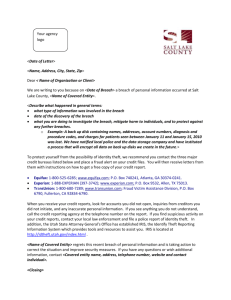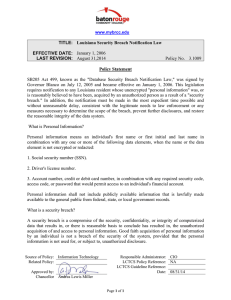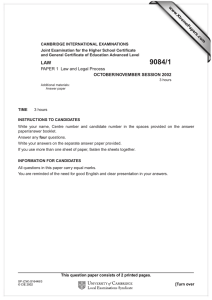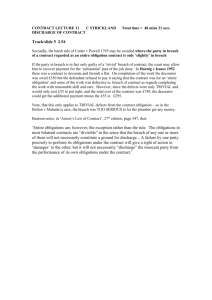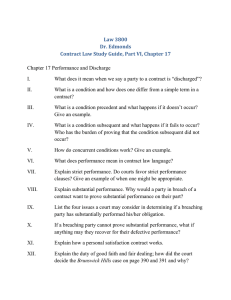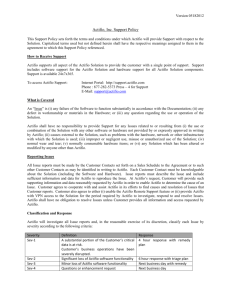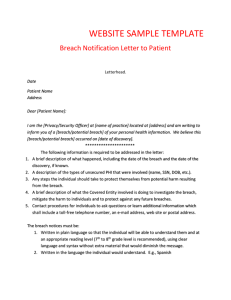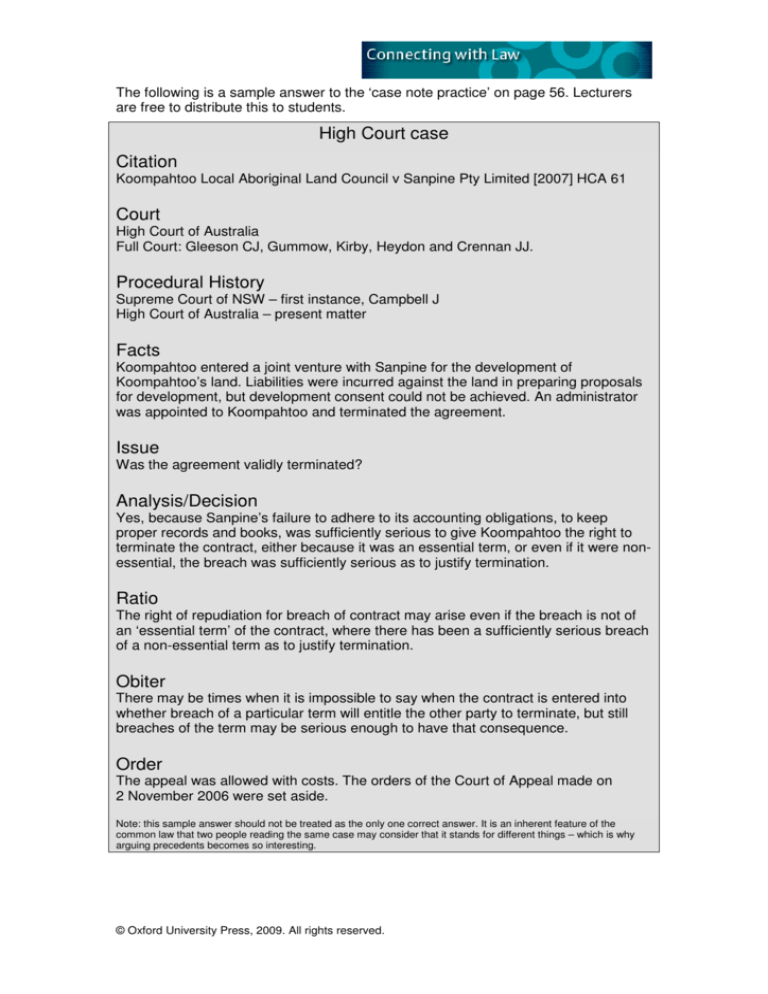
The following is a sample answer to the ‘case note practice’ on page 56. Lecturers
are free to distribute this to students.
High Court case
Citation
Koompahtoo Local Aboriginal Land Council v Sanpine Pty Limited [2007] HCA 61
Court
High Court of Australia
Full Court: Gleeson CJ, Gummow, Kirby, Heydon and Crennan JJ.
Procedural History
Supreme Court of NSW – first instance, Campbell J
High Court of Australia – present matter
Facts
Koompahtoo entered a joint venture with Sanpine for the development of
Koompahtoo’s land. Liabilities were incurred against the land in preparing proposals
for development, but development consent could not be achieved. An administrator
was appointed to Koompahtoo and terminated the agreement.
Issue
Was the agreement validly terminated?
Analysis/Decision
Yes, because Sanpine’s failure to adhere to its accounting obligations, to keep
proper records and books, was sufficiently serious to give Koompahtoo the right to
terminate the contract, either because it was an essential term, or even if it were nonessential, the breach was sufficiently serious as to justify termination.
Ratio
The right of repudiation for breach of contract may arise even if the breach is not of
an ‘essential term’ of the contract, where there has been a sufficiently serious breach
of a non-essential term as to justify termination.
Obiter
There may be times when it is impossible to say when the contract is entered into
whether breach of a particular term will entitle the other party to terminate, but still
breaches of the term may be serious enough to have that consequence.
Order
The appeal was allowed with costs. The orders of the Court of Appeal made on
2 November 2006 were set aside.
Note: this sample answer should not be treated as the only one correct answer. It is an inherent feature of the
common law that two people reading the same case may consider that it stands for different things – which is why
arguing precedents becomes so interesting.
© Oxford University Press, 2009. All rights reserved.



